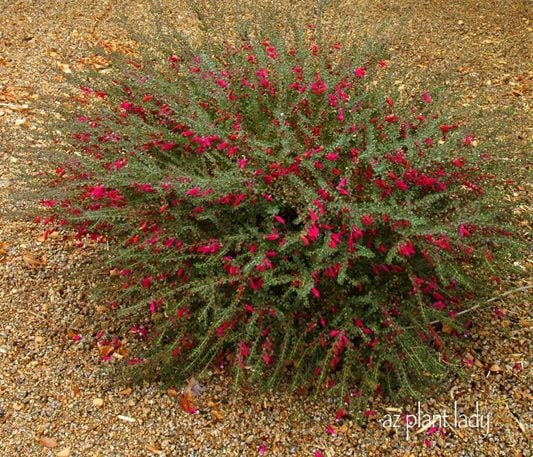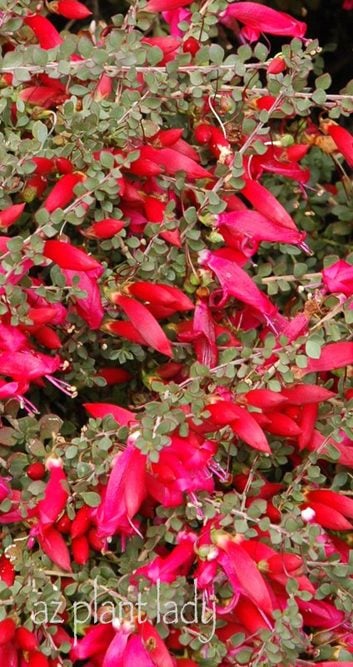Plant Valentine Bush for Flowering Beauty in Winter
Updated: Oct. 28, 2022
If you are getting a bit tired of looking at brown, frost-damaged shrubs and perennials, there's hope. Add Valentine bush for beautiful blooms in winter.

I must admit that I am getting a bit tired of looking at my brown, frost-damaged shrubs and perennials. Like many of you, we have had an extremely cold winter (cold for us anyway) and the temperatures in my garden hit a low of 20 degrees. Now I realize that may not seem particularly cold for some of you. But, for this Southern California native and current Arizona resident—it was a new experience. Luckily, I found a solution—a flowering plant known as Valentine bush!
I am a big believer in having a colorful garden year round. So, I make a point of including flowering plants in my garden that bloom at different times of the year. In the warmer areas of the Southwest, the winters are mild enough to be able to actually have flowers in the garden in winter. Sadly, many people do not know this and they are reduced to staring at their brown garden throughout the winter months.
Well, I am happy to tell you that there are quite a few beautiful, cold-hardy, flowering plants that you can include in your garden. Believe it or not, amidst the brown and crispy plants in my garden, I do have vibrant, green shrubs and perennials that are in flower this month.
Valentine Bush Blooms in Winter
I would love to share with you my favorite shrub of all time. Its name is Valentine. Yes, that is really its name or to be precise, it is called Emu Bush ‘Valentine’ (Eremophila maculata ‘Valentine’).

Aren’t the flowers so beautiful? It gets even better—the flowers begin to appear in late December in my zone 9a garden and last until early May!
Valentine bush also possesses a characteristic that is a must have for any plants that I use in my garden…it is low-maintenance. It does not require extra fertilizer and only requires pruning once a year. It should be pruned back by half after it has finished flowering in late spring. Now, that is my kind of plant—beautiful AND easy to grow.
Although drought tolerant, this Australian native does require supplemental water. At maturity, this shrub reaches approximately 4 ft. tall and 5 ft. wide. Valentine is cold hardy to 15 degrees F, making it suitable for many of the warmer areas in the Southwest. Plant in well-drained soil and full sun.
Valentine bush would look great when planted near blackfoot daisy (Melampodium leucanthum) or desert marigold (Baileya multiradiata). It can also be grown as a container plant.
So, try planting a Valentine bush in your garden. You will be rewarded with beautiful flowers all winter long.
Next, get tips for overwintering potted plants.